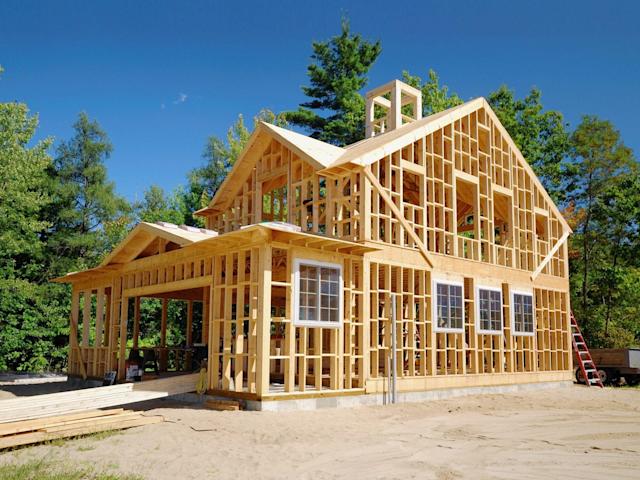Have you ever walked into a room and instantly felt a sense of calm, excitement, or even unease? Chances are, the color of the walls played a significant role in evoking those emotions. The field of color psychology explores how different colors impact our moods, emotions, and even behavior. When it comes to interior design and home decor, understanding color psychology can help you create spaces that resonate with the emotions you want to evoke. In this blog post, we’ll delve into the science of color psychology and explore how paint can affect your mood.
The Basics of Color Psychology
Color psychology is the study of how colors influence human emotions, behavior, and perception. While individual responses to color can vary due to personal experiences and cultural factors, there are some general trends in how specific colors tend to make people feel. Here are a few examples:
- Red: Red is often associated with energy, passion, and excitement. It can raise your heart rate and create a sense of urgency. It’s a bold and attention-grabbing color.
- Blue: Blue is known for its calming and soothing effects. It’s often associated with feelings of serenity, trust, and stability. Lighter shades of blue can be refreshing, while darker blues can convey a sense of depth and seriousness.
- Yellow: Yellow is associated with happiness, positivity, and optimism. It can create a warm and welcoming atmosphere. However, too much yellow can be overwhelming and even agitating.
- Green: Green is linked to nature, growth, and renewal. It’s often associated with feelings of balance and harmony. It’s a restful color for the eyes and can reduce stress.
- Purple: Purple is often associated with luxury, creativity, and spirituality. It can create a sense of mystery and intrigue. Lighter shades, like lavender, can have a calming effect, while deep purples can be dramatic.
- White: White represents purity, cleanliness, and simplicity. It can create a sense of spaciousness and is often used to make small rooms feel larger. However, too much white can feel sterile.
- Black: Black is associated with sophistication, elegance, and power. It can add drama and depth to a space. However, excessive use of black can be oppressive.

The Impact of Paint Color on Mood
Now that we have a basic understanding of color psychology, let’s explore how paint color choices can influence the mood of a room:
1. Calm and Relaxation
If you want to create a serene and relaxing environment, consider using cool colors like blues and greens. These colors are known for their calming effects and can be especially beneficial in bedrooms, bathrooms, or any space where relaxation is a priority.
2. Energy and Excitement
If you want to infuse a room with energy and excitement, warm colors like reds, oranges, and yellows can do the trick. These colors are invigorating and can stimulate conversation and activity. However, use them sparingly in areas where relaxation is essential.
3. Creativity and Inspiration
Purple, in its various shades, is often associated with creativity and inspiration. Consider using purples in home offices, art studios, or creative spaces to encourage innovative thinking.
4. Warmth and Comfort
Neutral colors like beige, taupe, and warm grays create a sense of warmth and comfort. These hues are versatile and can create a cozy atmosphere in living rooms, dining rooms, or bedrooms.
5. Cleanliness and Freshness
White is a classic choice for creating a clean and fresh atmosphere. It’s often used in kitchens and bathrooms to convey cleanliness and simplicity. However, be mindful of how much white you use to avoid an overly clinical feel.
6. Balance and Harmony
Green is an excellent choice for spaces where you want to promote balance and harmony. It’s a color associated with nature and can create a sense of tranquility. Consider using green in bedrooms, living rooms, or areas where relaxation is a priority.
Consider Context and Balance
While color psychology provides valuable insights into how paint can affect your mood, it’s essential to consider the context and balance of colors within a space. Here are some tips for using paint effectively:
1. Balance Warm and Cool Colors
To create a well-balanced room, consider using a mix of warm and cool colors. For example, if you have warm-colored furniture or accessories, balance them with cooler wall colors to create harmony.
2. Use Accent Colors
Accent colors can add interest and energy to a room without overwhelming it. Use accent colors sparingly on an accent wall, in decor items, or as pops of color in artwork and accessories.
3. Test Paint Samples
Before committing to a paint color, it’s a good idea to test paint samples on your walls. Paint a small area and observe how it looks in different lighting conditions throughout the day. Colors can appear differently in natural daylight versus artificial lighting.
4. Consider the Room’s Function
Think about the function of the room when choosing paint colors. For example, in a bedroom, soothing and calming colors may be preferable, while a home office might benefit from colors that promote focus and creativity.
5. Personal Preferences Matter
Ultimately, your personal preferences should guide your paint color choices. While color psychology provides valuable insights, your comfort and happiness in your home are paramount. Choose colors that resonate with you and make you feel good with the help of Painter & Decorator Luton.
In conclusion, the science of color psychology offers valuable insights into how paint choices can affect your mood and the atmosphere of your home. By understanding the emotional impact of different colors, you can make informed decisions when selecting paint colors for your interior spaces. Whether you want to create a calm oasis, an energetic gathering place, or a creative haven, the right paint color can help you achieve your desired mood and ambiance in your home. So, the next time you embark on a painting project, consider the science of color psychology to transform your living spaces into environments that truly resonate with you.









